Last week, we traveled to McKinney and we discovered a treasure trove of history right off the Square in the heart of town at Chestnut Square Historic Village — a wonderland for those who long to discover stories of the past.
Chestnut Square began in 1973 when, much to her dismay, McKinney resident Joan Palmer Hughston learned that the beautiful homes that held the history of her beloved town were being demolished. So Joan and a small group of women (the first members of the Heritage Guild of Collin County) started gathering up historic homes from around town to save them from ruin. Soon enough, this collection of 2 or 3 houses grew into an assortment of 8 homes and buildings each with unique architecture and each with a story just waiting to be told.
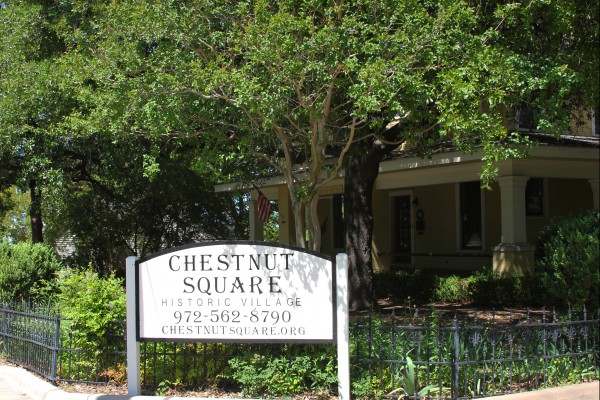 The buildings on this Square are originally from McKinney and were moved to their current locations to form the ultimate real-life museum showcasing life from 1854-1918. The tour is rich in hands-on opportunities and stories about a simpler time, but perhaps harder life, in Texas.
The buildings on this Square are originally from McKinney and were moved to their current locations to form the ultimate real-life museum showcasing life from 1854-1918. The tour is rich in hands-on opportunities and stories about a simpler time, but perhaps harder life, in Texas.
We started our tour at Faires House which is proudly known at Chestnut Square as “The Oldest Standing House in McKinney” dating back to 1854. And though this little white cabin looks diminutive by today’s standards, it was a mansion in its time. Fun fact: The front door was carved by the original owner Mr. John Faires, who was a blacksmith!
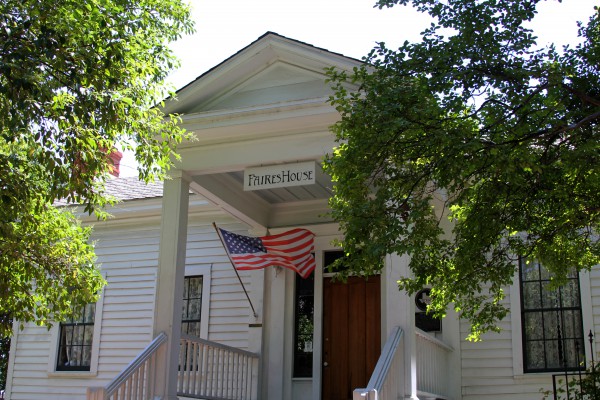
As we stepped inside this house we were transported to the olden days when cotton was the main industry in McKinney and everything was made by hand. Inside the house is a spindle and wheel and a loom that are used in demonstrations to show visitors how cotton was woven back when McKinney was “the Largest Cotton City West of the Mississippi.”
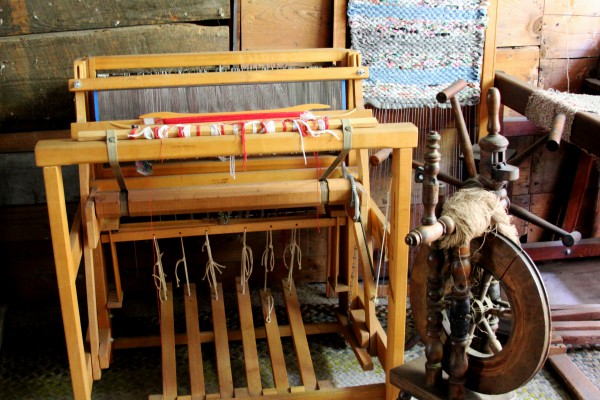
We next arrived at the only replica (and possibly one of the coolest buildings) on the Square, the J.B. Wilmeth Schoolhouse. The tour guide told us It was modeled after a schoolhouse opened in 1892 by J.B. Wilmeth, who first taught classes solely for his 13 kids (holy-moly that’s alot!) and then opened it up for free to all children in McKinney.
Outside it looks like a shabby white cabin, but once inside you’ll forget it’s a replica and almost expect Mr. Wilmeth and his students to burst back in the door from lunch and continue their lesson where they last left off. 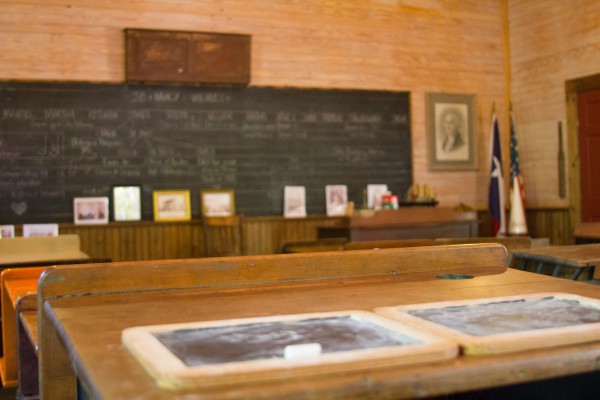 And if anyone in your tour is acting up, there’s a solution for that. Just give them some time in the corner with the “DUNCE” hat and they’ll straighten right up! Luckily that didn’t happen to any of us…
And if anyone in your tour is acting up, there’s a solution for that. Just give them some time in the corner with the “DUNCE” hat and they’ll straighten right up! Luckily that didn’t happen to any of us…
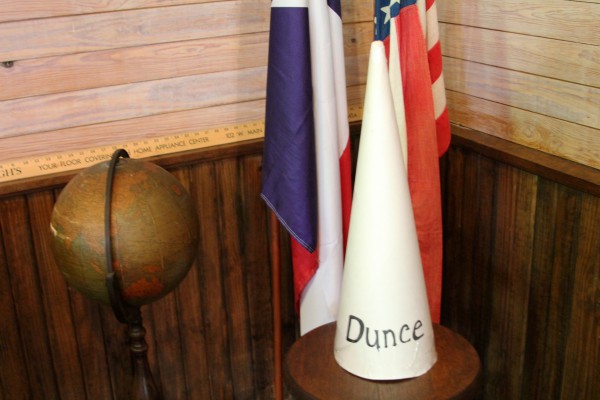
We were shocked to find out that this tiny red house was once the “Two-Bit Taylor” Inn, providing shut-eye and a hot meal for traveling salesmen in 1863. The Taylor family lived in the bottom and guests were hosted upstairs.
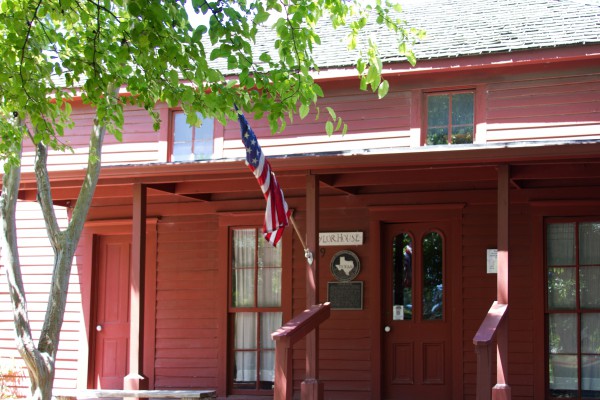
For a mere 25 cents (which is actually the equivalent to $200 today) guests shared the attic-like room upstairs with as many men the Taylor’s could fit. The guests helped with chores and washed their own laundry in exchange for a home-cooked meal. Five-star service sure has come a long way since then…
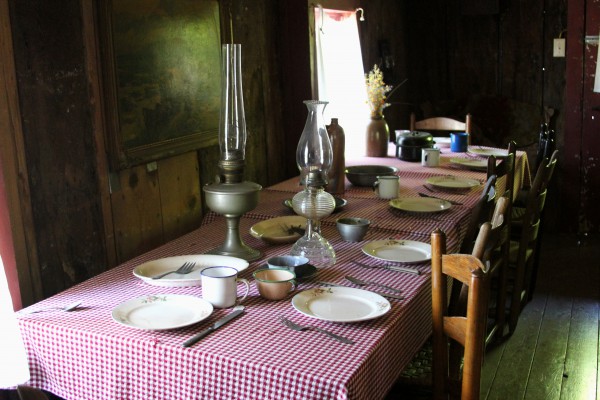
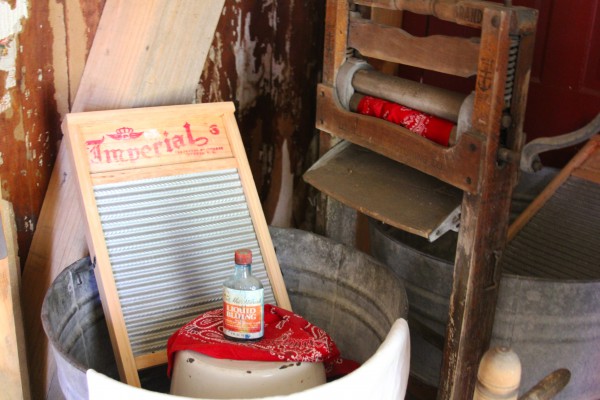
We toured one of the first homes on Chestnut Square, Dulaney Cottage, which was built in 1870. The first owner Dr. Joseph Dulaney was a surgeon in the Civil War and his quaint green house was the epitome of opulence in his day. Luxurious details like the glamorous dining room with marble top furniture expresses his wealthy living.
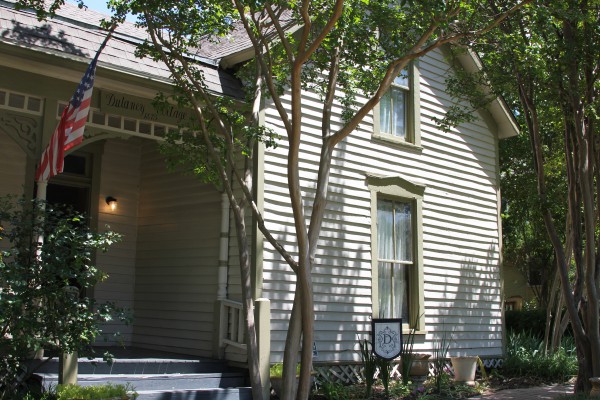
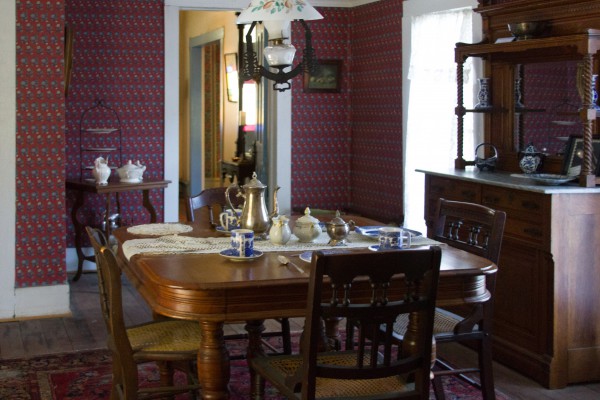
By far, our favorite house on Chestnut Square was the light blue and very elegant Johnson House. This home is just as luxurious inside as it is outside. Built in 1870, the house remains in its original spot on Chestnut Square where Captain Johnson and his 13 children once lived.
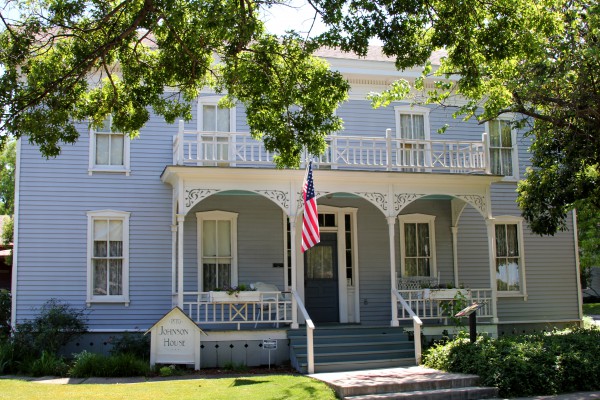
The tour guide informed us that the furniture inside Johnson House is originally from Tuck Hill a few blocks away, which belonged to Jesse James’s cousin and is rumored to have been a hideout for the notorious criminal and his pals. It’s so crazy how fascinating stories exist all over this city!
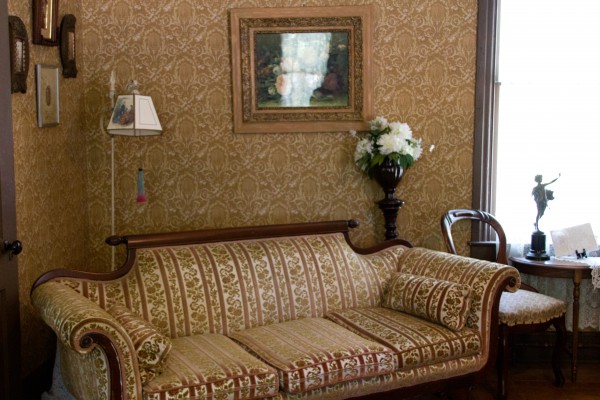
Another fun stop on our tour was the Brimer-Anderson Grocery store that was built in 1918 and moved to the Square in 1994. It was fondly called “Dixie’s Store” by its customers after Brimer’s granddaughter Dixie who used to pass out goodies to children that visited the store.
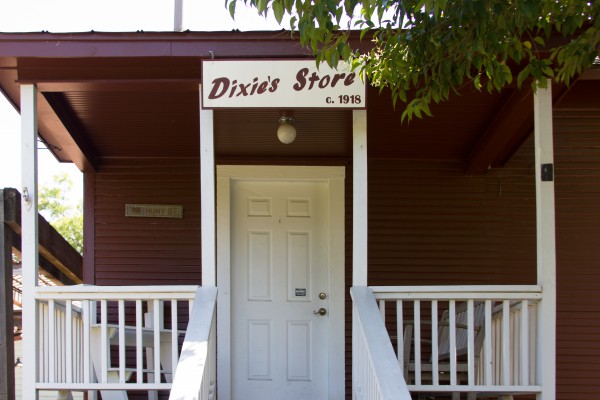 The front of the store still sells goods like it used to, except now instead of groceries you’ll find Chestnut Square souvenirs and hand-made crafts. In the back of the store is a museum showcasing items from the store’s past and even an antique cash register.
The front of the store still sells goods like it used to, except now instead of groceries you’ll find Chestnut Square souvenirs and hand-made crafts. In the back of the store is a museum showcasing items from the store’s past and even an antique cash register.
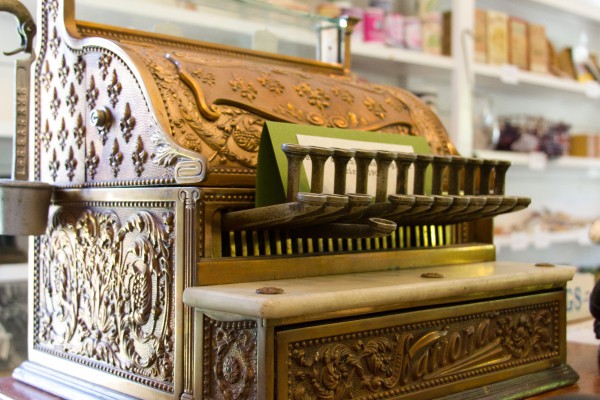
On our journey through Chestnut Square’s Historic Village, we found that around every corner and within every building in McKinney is a story of the past. Chestnut Square is a place where visitors can step back in time and experience this history for themselves.





